Theodosius I: The Last Great Emperor of a United Roman Empire
Introduction
Theodosius I, also known as Theodosius the Great, was one of the most influential Roman emperors of the late antiquity period. His reign (379–395 AD) marked a turning point in the history of the Roman Empire, as he was the last ruler to govern both the Eastern and Western halves of the empire before its permanent division. A devout Christian, Theodosius played a crucial role in shaping the religious and political landscape of the late Roman world. His policies, military campaigns, and religious decrees left an indelible mark on the empire, setting the stage for the Byzantine Empire and the medieval Christian world.
Early Life and Rise to Power
Theodosius was born in 347 AD in Cauca, Hispania (modern-day Spain), into a prominent military family. His father, Theodosius the Elder, was a successful general who served under Emperor Valentinian I. The younger Theodosius followed in his father's footsteps, gaining military experience in campaigns against the Sarmatians and the Moors. However, his career faced a setback when his father fell out of favor and was executed in 376 AD, leading to Theodosius's temporary retirement to his family estates in Hispania.
His fortunes changed dramatically in 378 AD when Emperor Valens was killed at the disastrous Battle of Adrianople against the Goths. The new emperor, Gratian, needed a capable military leader to stabilize the Eastern Empire and recalled Theodosius to service. In January 379 AD, Gratian appointed Theodosius as co-emperor (Augustus) of the East, tasking him with the formidable challenge of dealing with the Gothic threat.
Military Campaigns and the Gothic Settlement
Theodosius's first major challenge was to address the Gothic crisis. The Goths, having defeated Valens at Adrianople, were ravaging the Balkans. Unlike his predecessors, Theodosius adopted a pragmatic approach, combining military pressure with diplomacy. After several years of inconclusive warfare, he negotiated a treaty with the Goths in 382 AD, allowing them to settle within the empire as foederati (allied troops) in exchange for military service.
This settlement was controversial but proved effective in stabilizing the frontier. The Goths became a significant component of the Roman army, though their semi-autonomous status would later contribute to tensions. Theodosius also faced threats from other barbarian groups, including the Sarmatians and the Huns, but his military reforms and strategic alliances helped maintain imperial control.
Religious Policies and the Triumph of Nicene Christianity
Theodosius is perhaps best remembered for his religious policies, which cemented Christianity as the dominant religion of the Roman Empire. At the time of his accession, the Christian Church was deeply divided by the Arian controversy, which centered on the nature of Christ's divinity. Theodosius, a staunch supporter of the Nicene Creed, sought to unify the church under orthodox Christianity.
In 380 AD, he issued the Edict of Thessalonica, declaring Nicene Christianity the official religion of the empire and condemning Arianism as heresy. This decree marked a decisive shift in imperial policy, as previous emperors had often tolerated or even supported Arianism. Theodosius also convened the First Council of Constantinople in 381 AD, which reaffirmed the Nicene Creed and further marginalized Arianism.
His religious zeal sometimes led to conflict, most notably with Ambrose, the bishop of Milan. In 390 AD, after Theodosius ordered a massacre of rebellious citizens in Thessalonica, Ambrose excommunicated the emperor, forcing him to perform public penance. This episode demonstrated the growing power of the church and the limits of imperial authority in religious matters.
Political Consolidation and the Civil Wars
Theodosius's reign was also marked by political turmoil and civil wars. In the West, the young emperor Valentinian II faced challenges from the usurper Magnus Maximus, who seized control of Gaul and Britain in 383 AD. Theodosius initially recognized Maximus as a co-emperor to avoid conflict, but when Maximus invaded Italy in 387 AD, Theodosius intervened decisively. His forces defeated Maximus in 388 AD, restoring Valentinian II to power.
However, stability was short-lived. After Valentinian II was found dead in 392 AD (possibly murdered by his Frankish general Arbogast), another usurper, Eugenius, claimed the Western throne. Theodosius, refusing to recognize Eugenius, launched a campaign against him in 394 AD. The ensuing Battle of the Frigidus was a hard-fought victory for Theodosius, but it came at a heavy cost. Theodosius's Gothic allies suffered significant casualties, and the battle further strained relations between the empire and its barbarian federates.
Legacy and the Division of the Empire
Theodosius's victory at Frigidus made him the sole ruler of a united Roman Empire for the last time in history. However, his health was failing, and he died in January 395 AD, just a few months after the battle. On his deathbed, he divided the empire between his two sons: Arcadius inherited the East, and Honorius received the West. This division, intended as an administrative measure, became permanent, marking the end of a unified Roman Empire.
Theodosius's reign was a watershed moment in Roman history. His religious policies laid the foundation for the medieval Christian world, while his military and political decisions shaped the trajectory of the Eastern and Western empires. Though his settlement of the Goths had long-term consequences, his leadership during a turbulent period ensured the survival of Roman authority in the face of internal and external threats.
Theodosius’s Administration and Legal Reforms
Theodosius I’s reign was not only defined by military and religious achievements but also by significant administrative and legal reforms. Recognizing the challenges of governing a vast and fragmented empire, he sought to streamline bureaucracy and reinforce imperial authority. One of his key initiatives was the reorganization of provincial administration. He divided larger provinces into smaller units, allowing for better governance and more efficient tax collection. This restructuring also diminished the power of provincial governors, reducing the risk of revolts and corruption.
Legal reforms were another cornerstone of his rule. Theodosius commissioned the compilation of the Codex Theodosianus, a comprehensive collection of imperial edicts issued since the reign of Constantine the Great. Completed in 438 AD under his grandson, Theodosius II, this legal code standardized laws across the empire and influenced later Byzantine and European legal systems. His decrees targeted various aspects of society, from criminal justice to property rights, often reflecting his Christian values. For instance, he enacted laws against pagan sacrifices and heresy, reinforcing his vision of a unified Christian empire.
Relations with the Senate and Urban Policy
Theodosius maintained a complex relationship with the Roman Senate, an institution that had seen its influence wane over centuries but still held symbolic importance. In Rome and Constantinople, he carefully balanced tradition and innovation. Though he upheld senatorial privileges, he also diminished the Senate’s political power by relying more on imperial officials and the military. His reign saw the further marginalization of the old pagan aristocracy, as Christianity became the empire’s ideological backbone.
Urban development was another priority. Theodosius invested in the infrastructure of key cities such as Constantinople, Thessalonica, and Antioch. He expanded Constantinople’s harbor and fortified its walls, reinforcing its role as the empire’s capital. In Rome, he completed the Basilica of St. Paul Outside the Walls, a monumental church that symbolized the triumph of Christianity. These projects were not merely utilitarian; they served as propaganda, showcasing imperial might and piety to the populace.
Theodosius and the Barbarian Generals
The integration of barbarian leaders into the Roman military and aristocracy was a hallmark of Theodosius’s reign. Facing chronic manpower shortages, he relied heavily on Gothic, Frankish, and Alan commanders, granting them high-ranking positions. Figures like Arbogast the Frank and the Gothic general Gainas wielded significant influence, often blurring the line between ally and potential rival. This policy had mixed results: while it strengthened the army in the short term, it also sowed discord, as Roman elites resented the prominence of "outsiders."
The most striking example of this tension was the rebellion of Arbogast, who effectively controlled the Western Empire under the puppet emperor Eugenius. Theodosius’s eventual victory over them at the Battle of the Frigidus came at the cost of heavy Gothic casualties, straining relations with his federate allies. This foreshadowed future conflicts, such as the sack of Rome by the Goths in 410 AD—a direct consequence of the empire’s fraught dependence on barbarian troops.
Religious Conflicts and the Pagan Backlash
Despite his efforts to impose Christian orthodoxy, Theodosius faced persistent resistance from pagans and dissident Christian sects. The destruction of the Serapeum in Alexandria in 391 AD—an event likely sanctioned by Theodosius—marked a dramatic escalation in the suppression of paganism. Mobs of Christians, encouraged by local bishops, demolished the temple, a cultural and religious landmark. This act sparked outrage among pagan intellectuals like the philosopher Libanius, who pleaded for tolerance in his famous Pro Templis ("For the Temples").
The emperor’s policies also alienated some Christian communities. Donatists in North Africa and Arians in the East resisted Nicene orthodoxy, leading to sporadic violence. Theodosius responded with coercive measures, including the confiscation of heretical churches and exiles. Yet, his partnership with bishops like Ambrose of Milan showed that even the emperor had to negotiate with the growing institutional power of the Church.
Economic Challenges and Taxation
Theodosius inherited an empire burdened by economic instability. Decades of warfare, barbarian invasions, and administrative inefficiencies had drained the treasury. To cope, he implemented heavy taxation, particularly on landholders, which fueled discontent among both the peasantry and the aristocracy. The capitatio-iugatio system, a tax based on land and population, became increasingly oppressive, prompting some farmers to abandon their lands or seek protection from powerful landlords—a trend that foreshadowed feudalism.
Trade also suffered due to insecurity on the frontiers and the decline of urban centers. Theodosius attempted to stimulate the economy by regulating prices and curbing inflation, but these measures had limited success. Persisting economic woes weakened the empire’s resilience, making it vulnerable to the crises that would engulf the West in the 5th century.
Family and Dynastic Ambitions
Theodosius’s dynastic policies were instrumental in shaping the empire’s future. He married twice: first to Aelia Flaccilla, a devout Nicene Christian who bore him two sons (Arcadius and Honorius) and a daughter (Pulcheria), and later to Galla, the half-sister of Valentinian II, strengthening his ties to the Western imperial family. His children’s marriages were carefully orchestrated to secure alliances, such as Honorius’s betrothal to the daughter of the Vandal general Stilicho.
However, dynastic stability proved elusive. Though Theodosius intended his sons to rule jointly, their reigns were marred by weak leadership and the growing power of regents and generals. Arcadius, though emperor in name, was often overshadowed by his praetorian prefects in Constantinople, while Honorius’s incompetence hastened the Western Empire’s decline. Theodosius’s death in 395 AD thus marked not just the end of his personal rule but the beginning of a turbulent era for his successors.
Cultural and Intellectual Legacy
Theodosius’s era was a pivotal time for Roman culture. The transition from paganism to Christianity reshaped art, literature, and education. Christian writers like Prudentius and St. Augustine flourished, while pagan traditions persisted in works such as the Saturnalia of Macrobius. The emperor himself patronized Christian scholarship, supporting figures like Gregory of Nyssa. Meanwhile, Constantinople emerged as a cultural rival to Rome, blending Greek and Roman influences with Christian ideology.
In architecture, Theodosius’s reign saw the rise of grand churches and the decline of traditional temples. The obelisk he erected in Constantinople’s Hippodrome, adorned with scenes of imperial triumph, encapsulated his vision of a Christian Roman Empire. Though his successors would struggle to maintain his legacy, Theodosius’s impact endured, shaping the Byzantine Empire and medieval Christendom.
Theodosius’s Military Tactics and Strategic Challenges
Theodosius I faced immense military challenges—Gothic incursions, usurpers, and border threats—that tested his tactical acumen. His ability to balance force with negotiation set him apart from predecessors like Valens, whose disastrous defeat at Adrianople had left the empire vulnerable. Instead of relying solely on brute strength, Theodosius employed a combination of diplomacy, bribery, and targeted warfare. His treaty with the Goths in 382 AD, for example, granted them land and autonomy in exchange for military service—a pragmatic, if risky, solution to a persistent problem.
However, his dependence on barbarian federates created long-term instability. The Battle of the Frigidus (394 AD) exemplified this paradox. Though Theodosius won, the battle decimated Gothic auxiliary forces, breeding resentment that later erupted under Alaric. His military reforms, including the increased use of cavalry and foederati, weakened the traditional Roman legion structure, accelerating the "barbarization" of the army. This shift allowed the empire to survive in the short term but eroded its foundational military discipline.
Theodosius and the Transformation of Roman Identity
Theodosius’s reign marked a turning point in what it meant to be "Roman." Citizenship, once tied to shared legal and cultural traditions, was increasingly defined by religious affiliation. His edicts marginalized pagans, Jews, and Christian heretics, effectively making Nicene Christianity a prerequisite for full participation in society. This exclusionary policy alienated segments of the population while unifying others under a Christian imperial ideal.
His promotion of Constantinople as a "New Rome" also reshaped Roman identity. By investing in its infrastructure and court culture, Theodosius made the city a rival to the old capital. Greek became dominant in administration, and Eastern traditions blended with Roman law, laying the groundwork for Byzantine civilization. Meanwhile, the Western Empire, plagued by weaker leadership, began drifting toward a post-Roman future.
Controversies and Criticisms of Theodosius’s Rule
Theodosius’s legacy is not without controversy. His violent suppression of the Thessalonica massacre—where thousands were killed in retaliation for the murder of a Roman official—revealed his capacity for brutality. Ambrose of Milan’s subsequent excommunication of the emperor was a rare check on imperial power, underscoring the growing influence of the Church. Critics argue that his heavy-handed religious policies stifled intellectual diversity, contributing to the decline of classical learning.
Economically, his tax reforms, though necessary, exacerbated rural impoverishment. By privileging the landed aristocracy and the Church, Theodosius inadvertently hastened the feudalization of the West. Some historians contend that his division of the empire between his sons was a fatal miscalculation, ensuring the West’s collapse by depriving it of Eastern resources.
The Immediate Aftermath: The Empire Divided
Theodosius’s death in 395 AD triggered a power vacuum. His sons, Arcadius (18) and Honorius (10), were ill-prepared to rule. In the East, Arcadius relied on advisors like the Praetorian Prefect Rufinus, while in the West, the Vandal general Stilicho became de facto ruler. This fragmentation emboldened external enemies. By 410 AD, Alaric’s Visigoths sacked Rome—an unthinkable catastrophe that exposed the West’s fragility.
The Eastern Empire, by contrast, stabilized under Arcadius’s successors. Theodosius’s administrative reforms—such as the solidification of Constantinople’s defenses—allowed Byzantium to endure crises that would have shattered lesser states. The divergent fates of East and West underscored the consequences of Theodosius’s dynastic decision-making.
Long-Term Impact on Christianity and European History
Theodosius’s enforcement of Nicene Christianity shaped the religious map of Europe. By stifling Arianism and pagan revivalism, he ensured that orthodox Christianity became the sole framework for medieval European identity. The alliance between Church and state he championed became a model for later rulers, from Charlemagne to the Byzantine emperors.
His legal codification influenced canon law, while his suppression of pagans accelerated the Christianization of the countryside. However, his policies also sowed the seeds of future conflicts, such as the East-West Schism and the Protestant Reformation, by entwining religious orthodoxy with political authority.
Modern Perspectives: Theodosius in Historiography
Historians remain divided on Theodosius. Traditional narratives laud him as a defender of Christianity and imperial unity, while revisionists critique his authoritarianism and short-sightedness. Recent scholarship emphasizes his pragmatism—highlighting how his compromises with Goths and bishops were necessary in an era of decline. Archaeological discoveries, like the imperial inscriptions in Thessalonica, continue to refine our understanding of his reign.
Conclusion: The Last Emperor of a United Rome
Theodosius I stands as a colossus at the crossroads of antiquity and the medieval world. His reign preserved the empire momentarily but also set irreversible changes in motion. By unifying the empire under Christianity, dividing it between heirs, and restructuring its military, he became the architect of Rome’s twilight. Though the Western Empire collapsed within decades of his death, the Eastern Empire—rooted in his reforms—thrived for a millennium. In many ways, Theodosius was both the last Roman emperor and the first Byzantine ruler—a figure who witnessed the end of one era and the birth of another.
His legacy endures in modern legal systems, Christian doctrine, and the very concept of a "Christian empire." Whether viewed as a visionary or a reluctant dismantler of Rome’s past, Theodosius the Great remains one of history’s most consequential leaders.




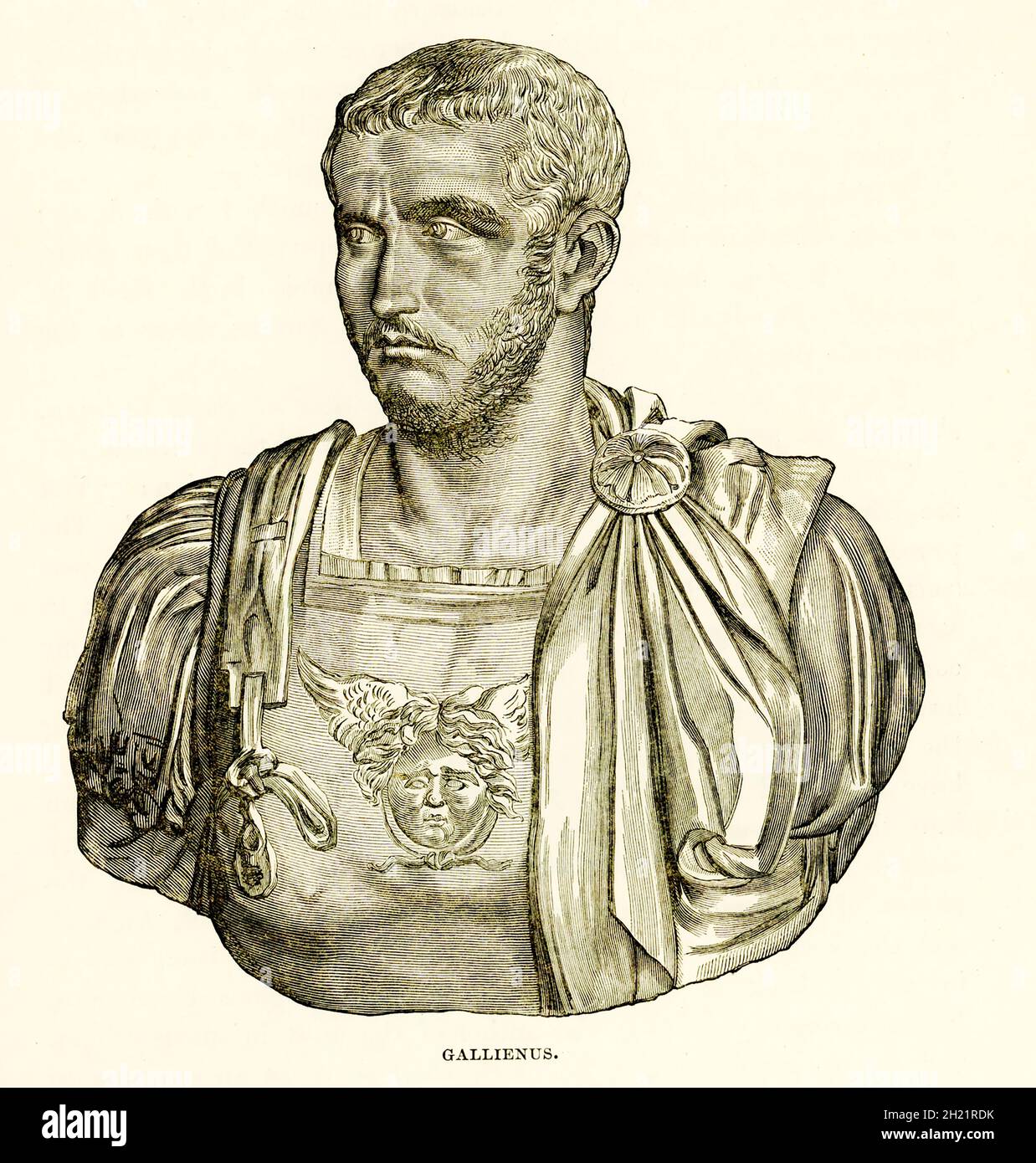





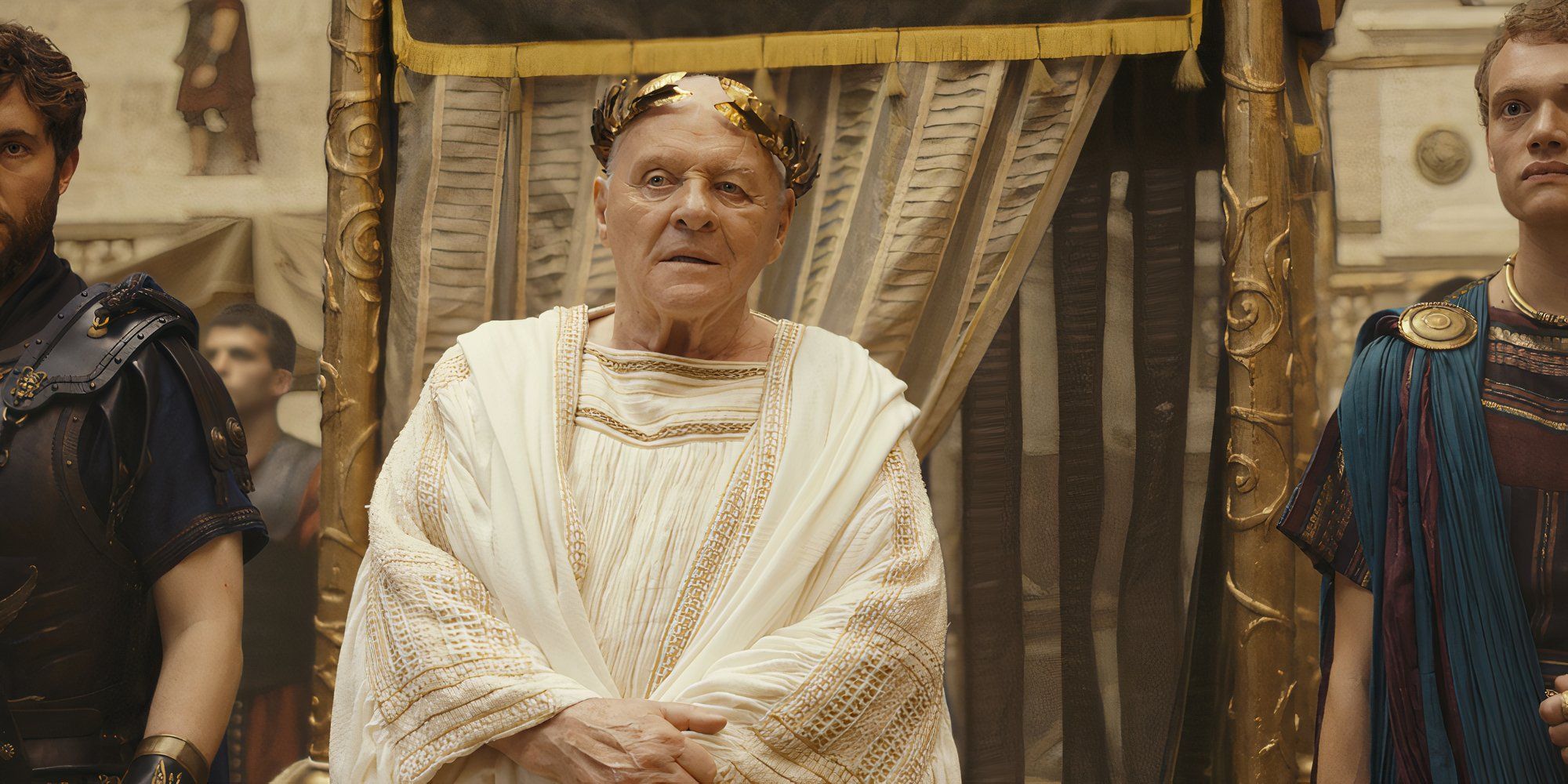
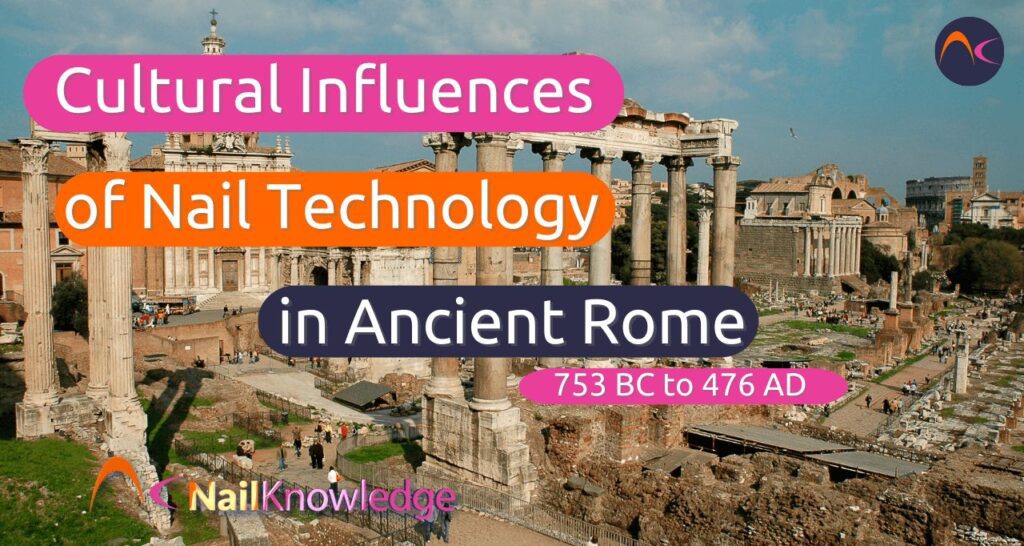


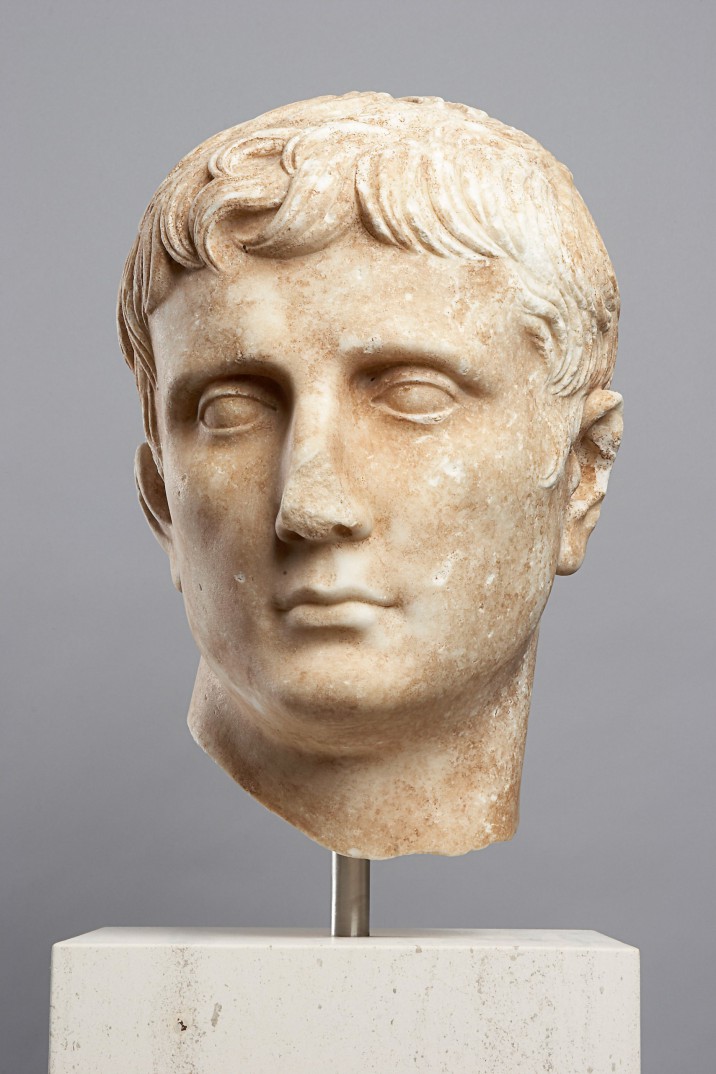


:focal(1134x648:1135x649)/https://tf-cmsv2-smithsonianmag-media.s3.amazonaws.com/filer_public/49/26/4926c5f7-b1c9-4b5c-842c-cfe6cdb13a1d/panoramica_1.jpg)

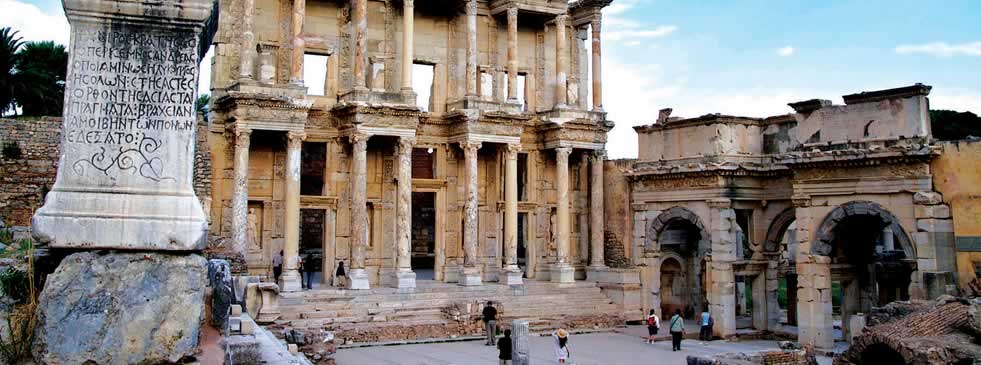
Comments